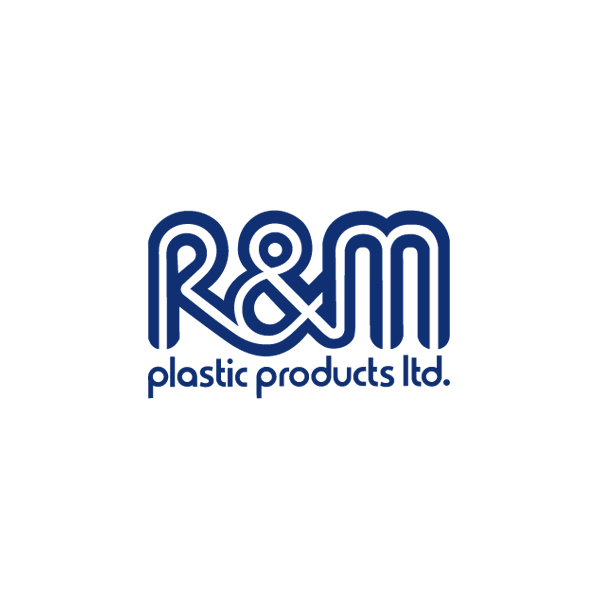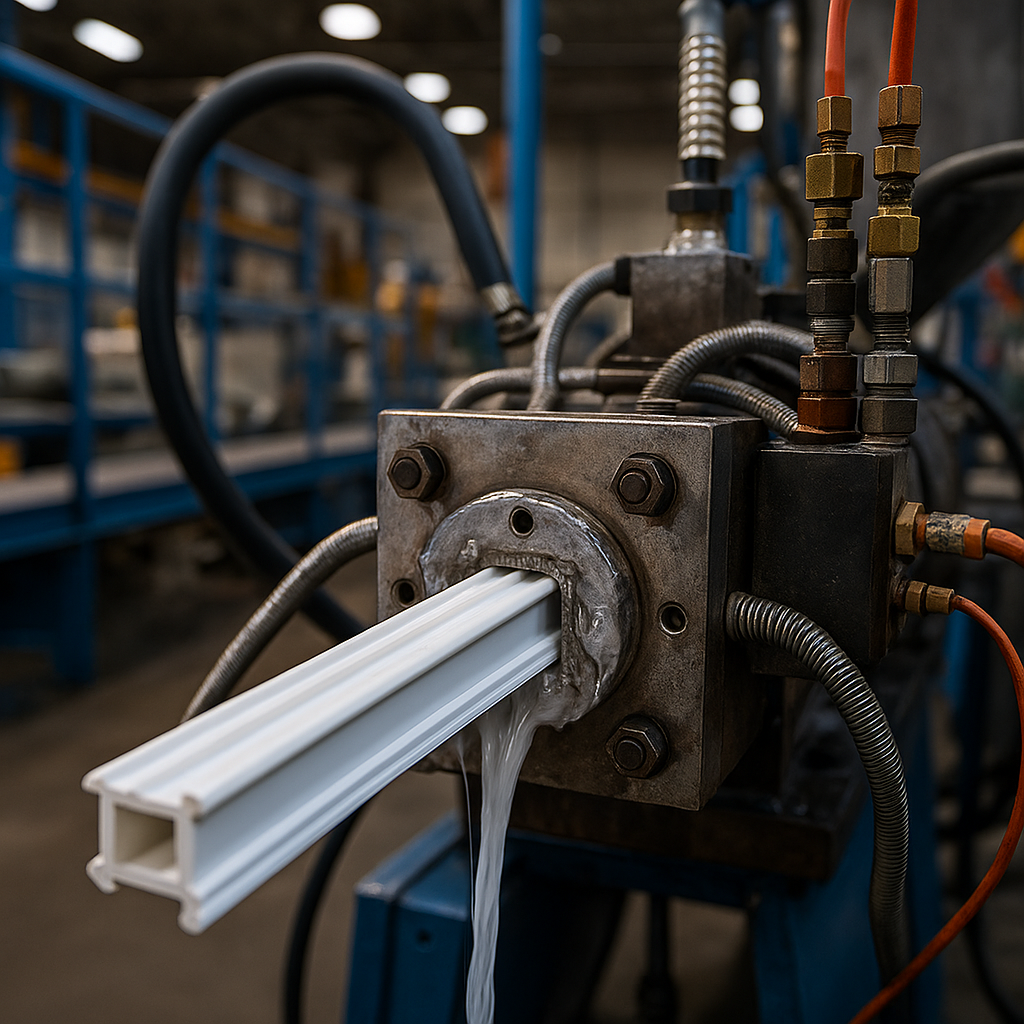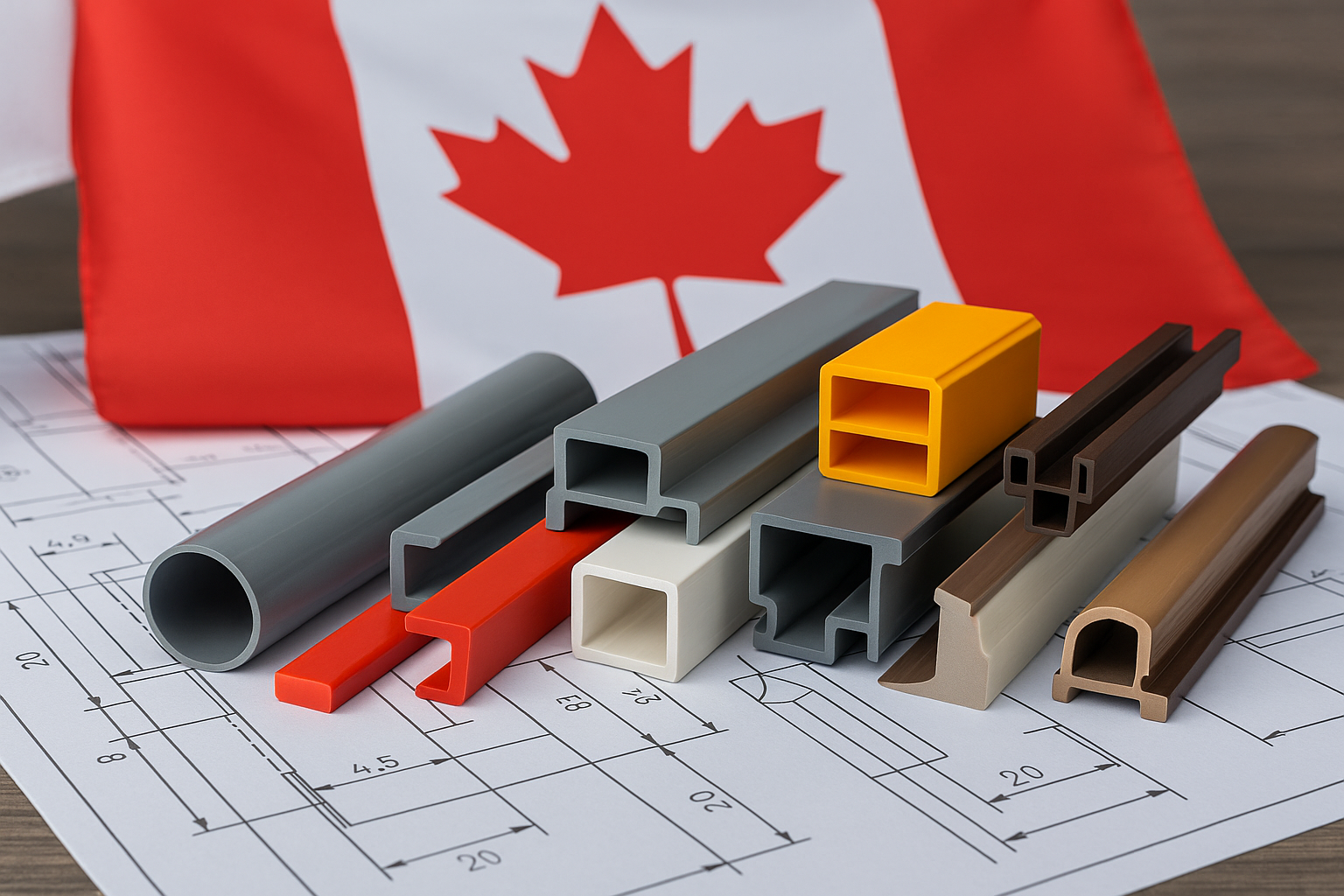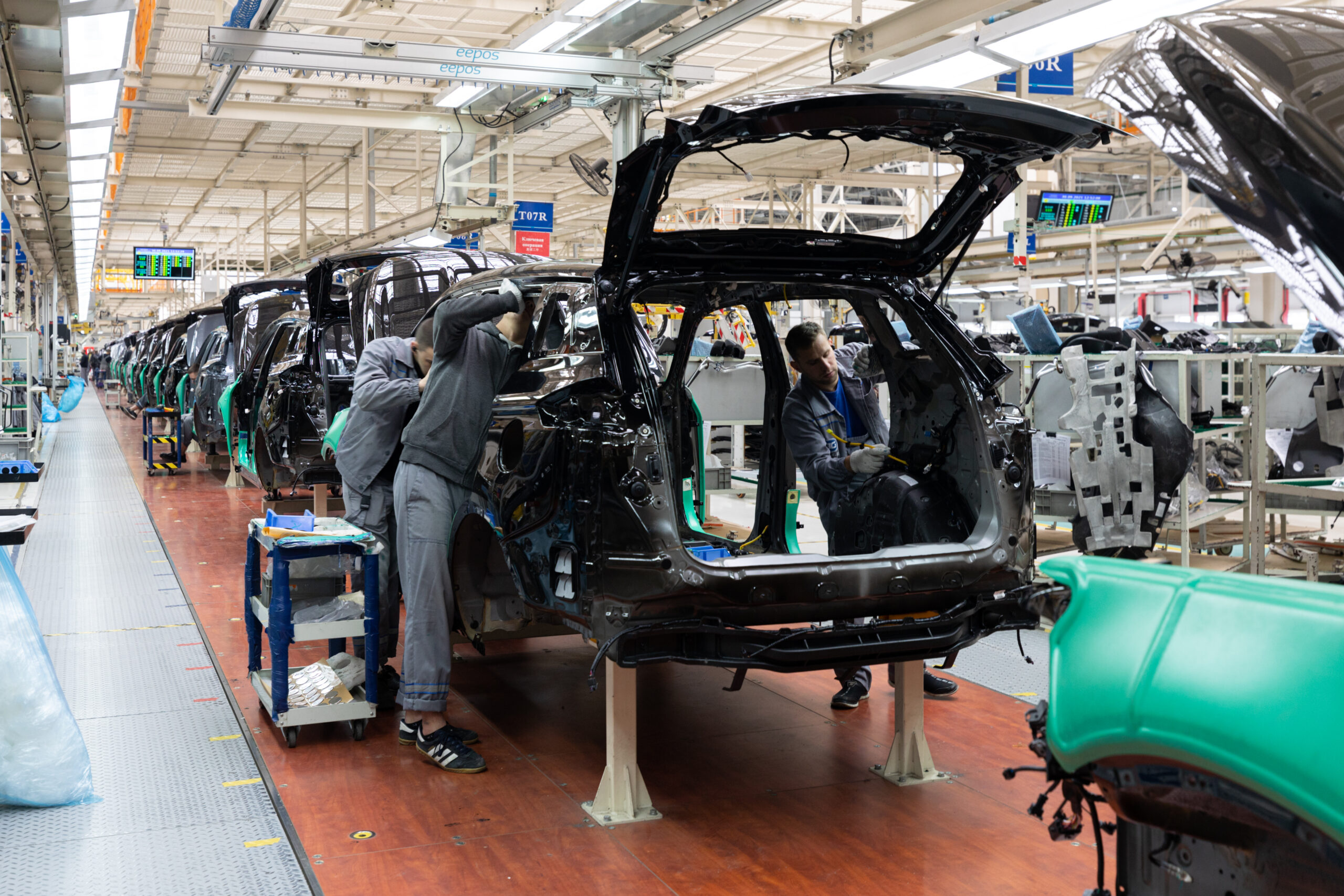In the evolving landscape of modern manufacturing, efficiency, consistency, and customization are no longer optional—they’re essential. One process that brings all three to the table is plastic profile extrusion. Widely used across industries like construction, automotive, retail, and furniture, plastic extrusion produces precise, durable components that fit seamlessly into larger assemblies.
In this guide, we’ll walk through the basics of plastic profile extrusion, the benefits of custom extrusions, and how tailored profiles can dramatically improve the performance of your end products. Whether you’re a design engineer, production manager, or product developer, understanding extrusion fundamentals can help you make more informed sourcing decisions.
What Is Plastic Profile Extrusion?
Plastic profile extrusion is a continuous manufacturing process in which raw plastic material is melted and shaped into a specific cross-sectional profile. The result is a long, consistent product—often in the form of trims, tubes, channels, seals, or gaskets—cut to the required length and ready for use.
How the Process Works:
- Feeding: Plastic pellets (resin) are fed into an extruder.
- Melting: The resin is heated and mixed into a molten state.
- Forming: The melted plastic is forced through a die that shapes it into the desired profile.
- Cooling: The profile is cooled, often in a water bath or air chamber.
- Cutting & Finishing: The product is cut to size and can undergo secondary operations.
This streamlined process allows for high-volume production of complex shapes with excellent dimensional accuracy.
Standard vs. Custom Plastic Profiles
Standard Profiles
These are pre-designed shapes manufactured for general use, such as U-channels, edge trims, or tubing. They are typically off-the-shelf solutions that may not meet unique project specifications.
Custom Profiles
Custom profiles are designed specifically for your application. Everything from dimensions and material properties to color and finish is tailored to your product needs. Manufacturers often work closely with clients to design, prototype, and deliver extrusion profiles that optimize performance, aesthetics, and functionality.
Benefits of Custom Plastic Profile Extrusion
1. Enhanced Product Fit & Function
A custom profile ensures seamless integration with your product, reducing the need for modification or adjustment during assembly. For example, a door seal extrusion can be designed to compress just the right amount for effective insulation.
2. Material Optimization
Custom extrusion lets you select the best material for your performance requirements—rigid, flexible, or co-extruded combinations. Common materials include:
- PVC (rigid & flexible)
- ABS
- Polyethylene (PE)
- Polypropylene (PP)
- TPV/TPE (rubber-like thermoplastics)
Each material has its own strengths, from chemical resistance to temperature stability, helping you improve the longevity and safety of your product.
3. Improved Aesthetics
Custom coloring, surface textures, or laminates ensure the extrusion matches your product’s visual design. Whether you’re creating retail fixtures or office furniture components, aesthetics matter.
4. Increased Efficiency & Cost Savings
Well-designed extrusions reduce assembly time and minimize waste. By integrating multiple functions (e.g., sealing, mounting, decorative finish) into one profile, you reduce the number of components needed.
5. Quality Consistency
The extrusion process offers high repeatability. Once the die is perfected, you can expect consistent results—batch after batch—which is vital for product reliability and branding.
Applications Across Industries
Plastic profile extrusion is found in countless products and sectors. Here’s how different industries leverage custom extrusions to enhance performance:
Construction & Fenestration
- Window and door profiles
- Weatherstripping
- Cable raceways
- Decorative trims
Custom profiles help improve insulation, simplify installation, and resist weather exposure.
Automotive
- Interior and exterior trims
- Gaskets and seals
- Wire management clips
Precision-molded extrusions improve safety, durability, and noise reduction in vehicles.
Furniture & Retail Fixtures
- Edgebanding
- Panel spacers
- Display frame components
Profiles offer clean lines, impact resistance, and customizable aesthetics.
Marine & RV
- Hatch seals
- Interior moldings
- Track and mounting trims
Resistance to moisture, UV rays, and temperature extremes make custom profiles essential for performance.
Industrial Equipment
- Machine guarding edges
- Tubes for pneumatic lines
- Assembly line bumpers
Custom extrusions simplify assembly and reduce equipment wear over time.
Why Choose a Canadian Plastic Extrusion Company?
If your business is based in Canada, sourcing from a domestic plastic extrusion company offers clear advantages:
- Faster Lead Times: Local manufacturing shortens delivery cycles.
- Lower Shipping Costs: Reduce freight and customs charges.
- Easier Communication: Same time zone, language, and standards.
- Quality Assurance: Easier to visit or audit the facility and maintain control over your supply chain.
Many Canadian plastic extrusion companies are equipped with advanced extrusion lines, in-house tooling, and offer end-to-end solutions from concept to delivery.
Typical Custom Extrusion Workflow
Here’s how a typical custom extrusion project might unfold:
Step 1: Discovery & Design
Starts with your concept—whether it’s a CAD drawing, a rough sketch, or an existing part. Engineers review your needs, recommend materials, and collaborate on the best profile design.
Step 2: Tooling & Sampling
A custom die is created to shape the profile. Prototypes are produced for approval and testing.
Step 3: Production
Once validated, full-scale production begins, ensuring consistent quality and output.
Step 4: Secondary Operations
Extrusions can be further customized with cut-to-length, printing, adhesive application, or co-extrusion with multiple materials.
Frequently Asked Questions
How long does it take to create a custom plastic profile?
Lead times vary depending on design complexity and material selection. Typically, tooling and sampling take 2–4 weeks, followed by production.
Can I order in small volumes?
Yes. While extrusion is best suited for high-volume runs, many manufacturers support low-to-medium quantities, especially for prototyping or limited-release products.
What industries commonly use custom extrusions?
Common sectors include construction, automotive, office furniture, marine, RV, industrial equipment, and consumer products.
Is plastic extrusion environmentally friendly?
Yes. Many extrusion facilities incorporate recycling practices, such as regrinding and reusing scrap material, to reduce waste.
Conclusion
Plastic profile extrusion is a powerful tool in modern product development. By choosing custom extrusions tailored to your application, you gain improved functionality, cost-efficiency, and aesthetic appeal. Whether you’re designing the next generation of office furniture or weatherproofing building products, custom profiles deliver long-term value.
Manufacturers across Canada and beyond rely on plastic extrusion to innovate, streamline production, and maintain a competitive edge. With the right extrusion partner, your product can go from concept to execution with precision and performance in mind.




